On June 13, Dr. Nguyen Manh Hung - Head of the Department of Neurosurgery and Endovascular Neurosurgery - said that the patient was admitted to the hospital in a coma. The FV Hospital Emergency Department urgently performed tests to assess the patient's injuries. The results showed that the patient had multiple head injuries. The injuries included intracranial hemorrhage, brain compression, bruised eyes that protruded from the eye sockets, and a broken jaw.
After a multi-hospital consultation involving 6 specialties, the doctors determined that the patient's condition was extremely critical. He needed brain surgery first to save his life, and other injuries would be treated later.
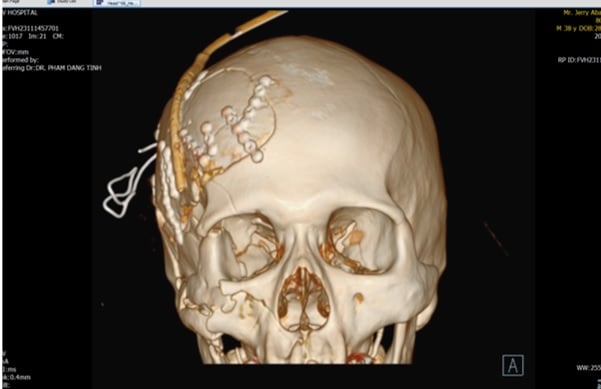
3D Cone Beam CT scan shows fractured facial bones
"The patient suffered from severe traumatic brain injury, subdural hematoma, if surgery is delayed it can cause brain herniation leading to death, or if saved there is a risk of leaving behind paralysis and neurological sequelae," said Dr. Nguyen Manh Hung.
After anesthesia and resuscitation, the surgery lasted for 3 hours. Dr. Hung and his team removed the entire hematoma pressing on the brain, stopped the bleeding caused by the meningeal artery being severed due to the broken skull, and stopped the bleeding under the dura. After that, the doctor rearranged the entire broken skull so that the patient had a complete skull.
The next day, the patient was awake and did not need to rely on a ventilator. At this time, specialists in dentistry and maxillofacial surgery, ophthalmology and refractive surgery consulted to come up with a plan to treat the jaw fracture and the broken eye socket.
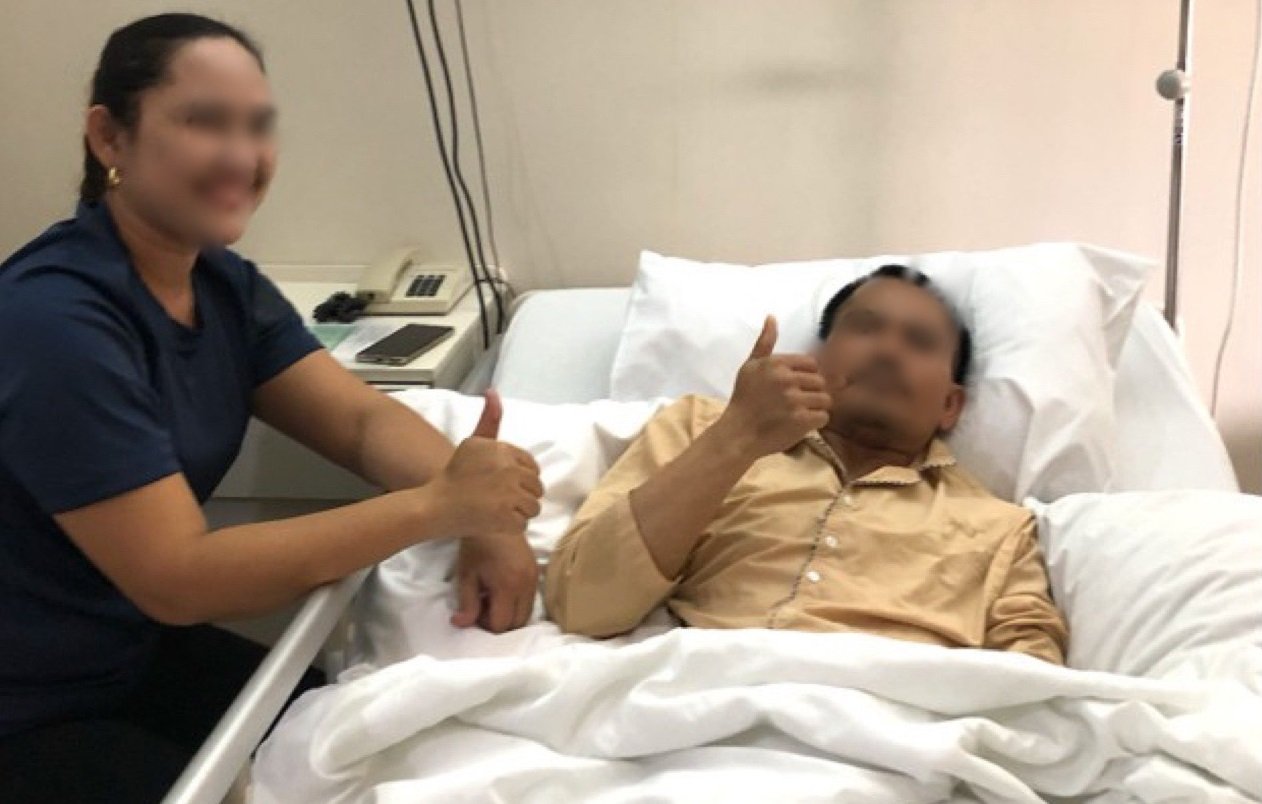
Patient recovers after treatment
Two weeks after the first surgery, the patient underwent orbital floor reconstruction surgery, realigning the broken bones. The surgery lasted 6 hours, and the patient's jaw was well fixed.
After maxillofacial surgery, patients continue to be monitored in the intensive care unit so that doctors can treat pneumonia, postoperative respiratory failure, balance cardiovascular disorders, electrolyte disorders, enhance nutrition, and prevent bedsores...
The patient has now recovered positively and has just been discharged from the hospital and returned home.
Source link


![[Photo] National Assembly delegates visit President Ho Chi Minh's Mausoleum](https://vphoto.vietnam.vn/thumb/1200x675/vietnam/resource/IMAGE/2025/5/5/9c1b8b0a0c264b84a43b60d30df48f75)


![[Photo] Bus station begins to get crowded welcoming people returning to the capital after 5 days of holiday](https://vphoto.vietnam.vn/thumb/1200x675/vietnam/resource/IMAGE/2025/5/4/c3b37b336a0a450a983a0b09188c2fe6)


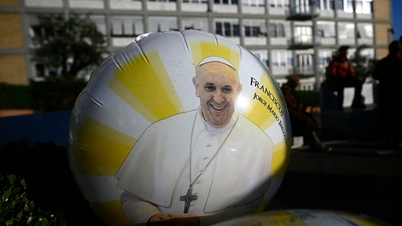

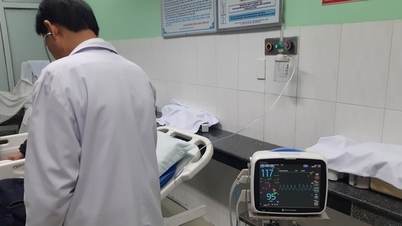






![[Video] Ministry of Health requests Nam Dinh Department of Health to review emergency admission and treatment procedures](https://vphoto.vietnam.vn/thumb/402x226/vietnam/resource/IMAGE/2025/5/5/95613998c31e4dbf946f326b0df19414)














![[Photo] Vietnam shines at Paris International Fair 2025 with cultural and culinary colors](https://vphoto.vietnam.vn/thumb/1200x675/vietnam/resource/IMAGE/2025/5/4/74b16c2a197a42eb97597414009d4eb8)

![[Photo] General Secretary To Lam receives Sri Lankan President Anura Kumara Dissanayaka](https://vphoto.vietnam.vn/thumb/1200x675/vietnam/resource/IMAGE/2025/5/4/75feee4ea0c14825819a8b7ad25518d8)


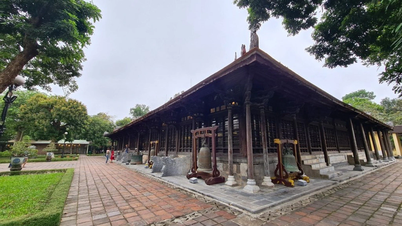











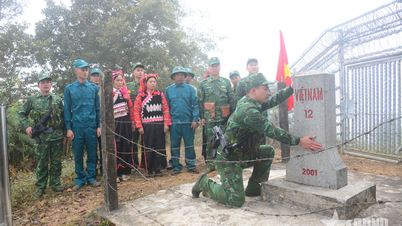



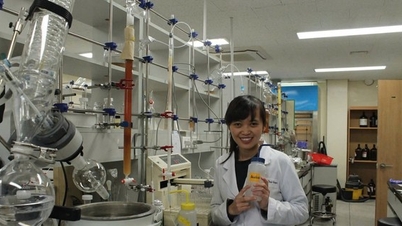













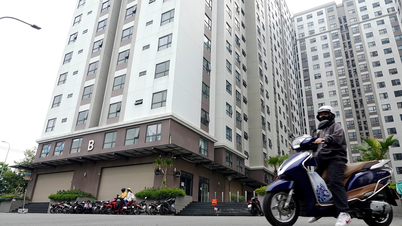
































Comment (0)